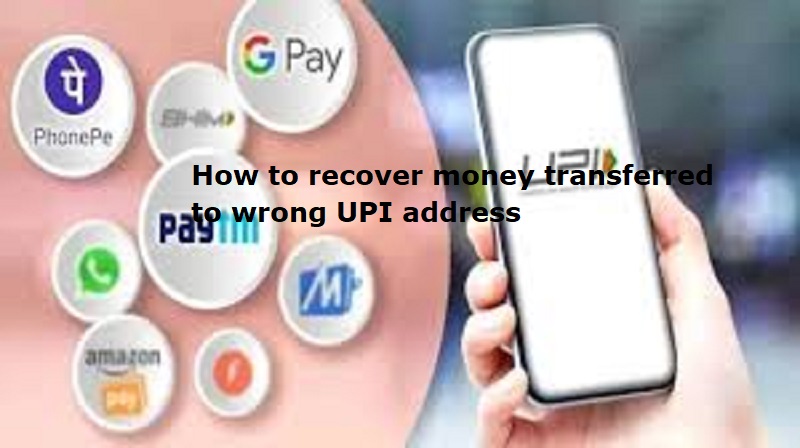
Mumbai: Unified Payments Interface (UPI) is an Indian instant payment system. It was developed by the National Payments Corporation of India in 2016. The interface facilitates inter-bank peer-to-peer and person-to-merchant transactions.UPI is the most popular digital payment system in India.
Mistakes like sending money to the wrong UPI ID are becoming more common. There are ways to address these errors and potentially get your money back.
If you have transferred the money to a wrong UPI ID, the first and foremost thing you should do is to contact the recipient immediately. If you are unable to reach out to the recipient or the person is not returning, here are other ways:
Steps to Take After a Wrong UPI Transfer:
1. Report the Issue to the Payment Service Provider
Start by contacting the payment service provider (such as Google Pay, Paytm, PhonePe, etc.) through which the transaction was made. You can raise a dispute and explain the situation, providing transaction details like the UPI transaction ID, virtual payment address, and date of transfer.
2. Lodge a Complaint on the NPCI Portal
The National Payments Corporation of India (NPCI) has a ‘Dispute Redressal Mechanism’ to address UPI-related grievances. To initiate a complaint:
Visit the NPCI website and navigate to the ‘Dispute Redressal Mechanism’ section.
Fill out the online form with details such as the UPI transaction ID, the amount transferred, the date of the transaction, your virtual payment address, email ID, and mobile number.
Also Read: Ambrane launches solar power bank in India
Upload a copy of your bank statement showing the transaction deduction.
Select ‘Incorrectly transferred to another account’ as the reason for the complaint.
3. Escalation Process for Dispute Resolution
According to NPCI guidelines, the complaint process has multiple escalation levels:
Step 1: File a complaint with the Third Party Application Provider (TPAP), such as the payment app used.
Step 2: If unresolved, escalate to the Payment Service Provider (PSP) bank associated with the UPI app.
Step 3: If the issue still persists, raise the matter with the bank where your account is maintained.
Step 4: The final step is to approach NPCI if the above options do not resolve the issue.
4. Approaching the RBI Ombudsman for Digital Transactions
If your complaint remains unresolved after a month or if you’re dissatisfied with the response, you can escalate the matter to the Reserve Bank of India (RBI) Ombudsman for Digital Transactions.
The complaint should be filed within the jurisdiction where the payment system participant’s branch or office is located, or where your registered address is.
5. Staying Updated
Throughout the process, keep an eye on the status of your complaint through the payment app or the bank’s customer service. Timely updates can help you act promptly if further escalation is needed.
How to Avoid Such Mistakes in Future?
Double-check recipient details: Ensure that the UPI ID or mobile number is correct before confirming a payment
Use payment limits and confirmations: Set up payment limits to avoid large accidental transfers and enable confirmation prompts for every transaction.

Post Your Comments